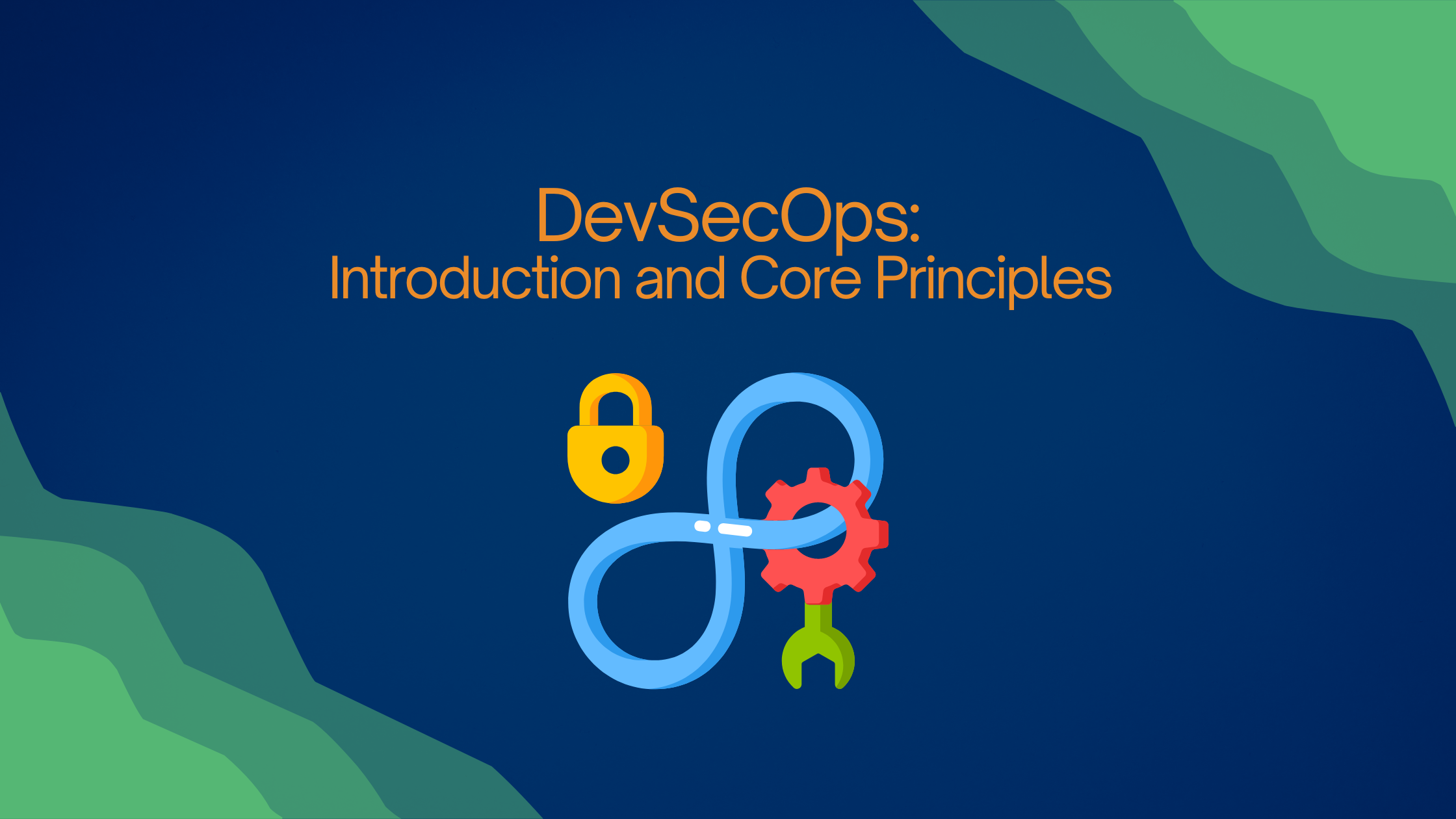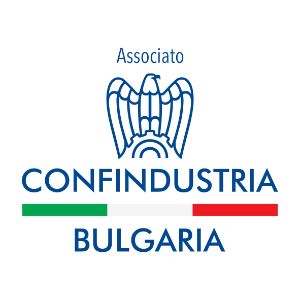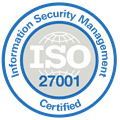Companies and teams that are focusing solely on DevOps need to adopt the mindset of integrating security into their environments and processes to have a mature DevSecOps culture. In parallel some organizations that were mainly focused on IT security as a practice need to adopt practices of automating security controls, testing methodologies, and policies into their codebase. Generally (and practically), DevOps engineering culture must integrate the mindset of security for the purpose of achieving DevSecOps. Notably, statistics underscore the urgency and efficacy of this integration: 34% of organizations are already embracing DevSecOps culture. Moreover, 94% of CIOs recognize scaling DevSecOps across teams as pivotal for digital transformation. The benefits are clear—96% of businesses find automated security and compliance operations advantageous. The fusion of DevOps and security not only fortifies defenses but also accelerates development processes, with 60% of engineers releasing code twice as fast with DevSecOps principles. (source: 2023 GLOBAL CIO REPORT)
Definition of DevSecOps
DevSecOps is the practice of ensuring that security is at the foundation of the process of developing software. The concept is highly associated with the development of different software and systems. The DevSecOps movement is seen as a way to keep organizations safe and secure while keeping them fully operational and efficient. Organizations are looking to integrate development, security, and operations for smooth functioning as well as higher security. In addition, the organizations can be sure of consistency and continuous deployment with security in place through this process. As it is still an emerging concept, organizations are trying to make sense of DevSecOps. Some organizations are looking for the integration of security practices and processes into the daily lives of development teams, while others are looking at providing security features directly in development environments to ensure prevention of any security threats and attacks.
Importance of DevSecOps in software development
It addresses the ever so growing security concerns that come with applications and its constant up-gradation. It helps the security teams to provide a security defense all over the IT infrastructure. It also brings risks and security issues to light at the beginning of software development life cycle (SDLC). Moreover, it makes vulnerabilities and bugs less prevalent as the development process continuously deals with them. One of advantages of integrating DevSecOps is that it will surely embolden the development process. Additionally, it integrates security in every single step of the whole process. Finally, it helps in code automation. The top global market players give a lot of importance to DevSecOps basically for the reasons mentioned above.
Key Principles of DevSecOps
DevSecOps emphasizes integrating security throughout the Software Development Life Cycle (SDLC) by following key principles such as shifting left security, holistic automation, continuous security testing, collaborative culture and communication, security as code, traceability-auditability-visibility, and continuous improvement. In the paragraphs below, you can find every principle explained.
Security Shift Left
Under the DevSecOps approach, cybersecurity becomes a shared responsibility among all team members. This collaborative effort ensures that security best practices are seamlessly integrated into software design and implementation, thus addressing concerns such as vulnerabilities, threat vectors, and compliance regulations early on. By shifting the security “left”, each software build is tailored to optimize performance, cost-effectiveness, and time-to-market while meeting key business objectives.
Incorporating security considerations from the outset can help developers prevent and identify potential risks and vulnerabilities through threat modeling.
This entails collaborating with cybersecurity experts during the design and planning phases, marking a departure from traditional DevOps practices.
Secure coding practices are then employed to implement measures against common security pitfalls. Additionally, automated security testing, including static code analysis and dynamic scanning, is conducted throughout the development process to further fortify the software against potential threats.
In summary, the security shift left approach enables the early detection of security risks and vulnerabilities, facilitating the creation of secure builds for smooth integration into the continuous integration/continuous deployment (CI/CD) pipeline.
Security Automation Process
End-to-end automation for testing and CI/CD processes are key principles within the DevSecOps framework. Instead of randomly automating manual processes, DevSecOps advocates for strategic and informed automation decisions. Automating redundant processes compromises software quality and can lead to security performance issues, contradicting the principles of DevSecOps. DevSecOps teams prioritize integrating cybersecurity testing seamlessly into the automation process, assessing software dependencies and evaluating the overall security performance impact of each change. Automating security can help businesses to:
-detect and tackle security issues in the early stages of the software development life cycle
-analyze code and perform security scannings by integrating tools like ZAP Proxy, Burp Suite, etc.
-automate the verification of compliance and enforcement of security policies to guarantee alignment with industry standards and regulatory requirements
Continuous Security Testing
DevSecOps extends the practice of Continuous Testing by incorporating automated testing functions to assess build quality for security vulnerabilities. In this collaborative approach, both developers and quality assurance teams share the responsibility for enhancing software quality through continuous testing, seamlessly integrated into the CI/CD pipeline.
This includes:
– employing static application security testing
– dynamic testing functions
– establishing threat models and security policies early in the SDLC.
Cultivating Collaborative Culture and Communication
In contrast to the fragmented workflows and conflicting objectives often seen in traditional enterprise IT settings, DevSecOps, much like DevOps, prioritizes a collaborative environment where development, security, and operations teams work together seamlessly to reduce security risks and ensure software quality and performance. By embracing a culture of shared responsibility,open channels of communications and informed collaborative decision-making, organizations can address the adverse consequences of security malpractice on time and avoid making inadequate choices.
Security as Code (SaC)
Security as code involves integrating security measures into DevOps tools and processes by systematically analyzing the code and infrastructure modification procedures. This entails identifying opportunities to incorporate security checks, tests, and gates without imposing excessive expenses or causing delays to the software development life cycle (SDLC). To streamline the configuration and development of customized automation workflows for security testing, DevSecOps encourages treating security policies, procedures, and controls as code. Security testing processes run parallel to functional testing within automated CI/CD workflows, enabling developers and quality assurance teams to act promptly on results and enhance security performance using programmable security measures agreed upon during the planning and design phase.
Transparency during the SDLC
DevSecOps prioritizes delivering insights to establish a reliable environment for achieving desired security performance across the SDLC pipeline. This is achieved through three key characteristics, which are: traceability, auditability, and visibility.
- Traceability- tracking configuration items to ensure compliance and understand how security issues and policies are managed.
- Auditability- ensures that processes are well-documented, with administrative controls and security decisions tracked for accountability and auditing purposes.
- Visibility- monitoring the security performance throughout the SDLC pipeline, which supports accountability and informed decision-making.
Continuous Improvement
Given the evolving nature of security threats and the dynamic landscape of development sprints, DevSecOps focuses on iteratively enhancing security capabilities through continuous feedback. This feedback loop involves multiple functional teams, executives, external partners, and end-users, allowing for incorporation of security-related feedback across iterative sprints and release cycles. By proactively addressing security concerns throughout the development lifecycle, DevSecOps promotes continuous improvement and adaptation to evolving security challenges.
Benefits of Implementing DevSecOps
Some of the benefits that an organization can have when implementing DevSecOps are, for example, faster time to market, higher quality, better security, improved compliance, and a reduced risk of vulnerability exploits. But in addition, among the most common benefits, it can be mentioned that DevSecOps improves the organizational culture, facilitates teamwork, and offers a comprehensive improvement of the organization. Some of the recurrent positive aspects are the breaking down of the silos and the high level of communication between roles and functions, and from leaders to members and vice versa. It can also adapt to any type of development, be it private sector, public sector, start-ups, or traditional organizations, and to different technologies, since DevSecOps can bring value to any organization, from those that have a web-based or mobile presence to traditional brick-and-mortar organizations. Moreover, DevSecOps is not limited to certain technologies (it works as well for cloud as it does on container systems and serverless technologies), tools, or scale of development.
The outlined paragraphs above are the core principles of DevSecOps and some of the main benefits organizations can attain from integrating DevSecOps into their operations. With the majority of businesses reaping the advantages of automated security operations, the fusion of DevOps and security not only bolsters defenses but also accelerates development processes. Through collaboration, automation, continuous testing, and a commitment to continuous improvement, DevSecOps offers not only enhanced security but also faster time-to-market, higher quality, improved compliance, and a reduction in vulnerability exploits. Ultimately, DevSecOps embodies a holistic approach to software development, fostering a culture of collaboration, innovation, and adaptability essential for navigating the complexities of modern technology landscapes. In the next article best practices and challenges will be covered in detail, stay tuned!



